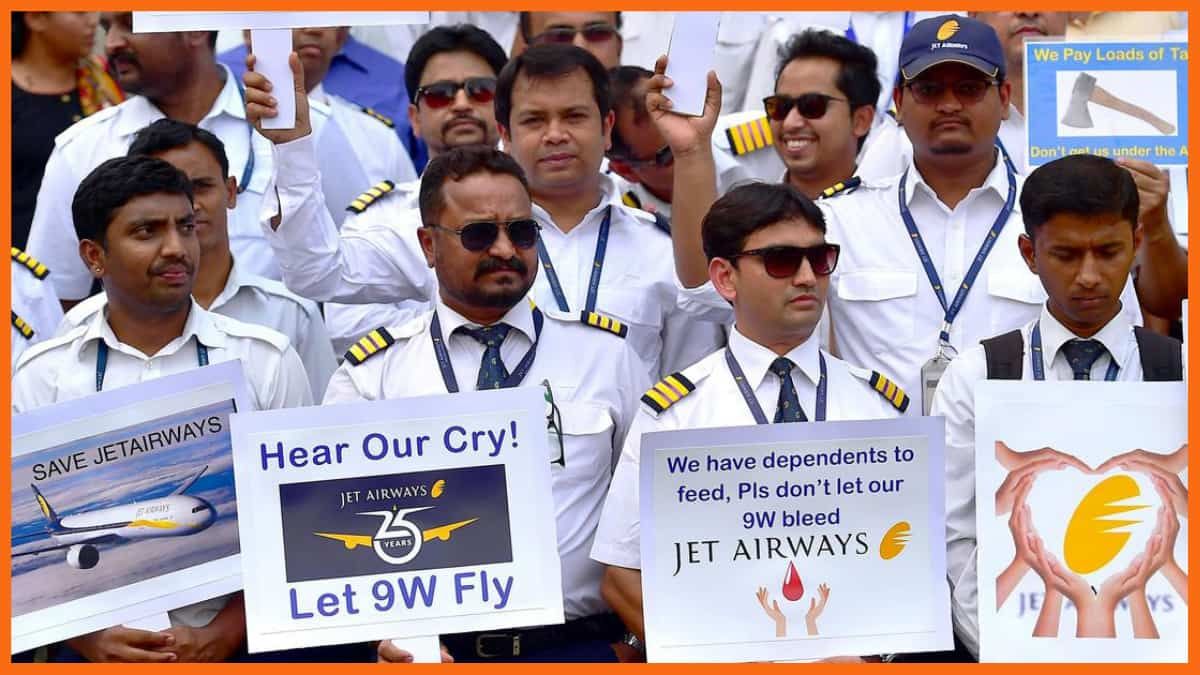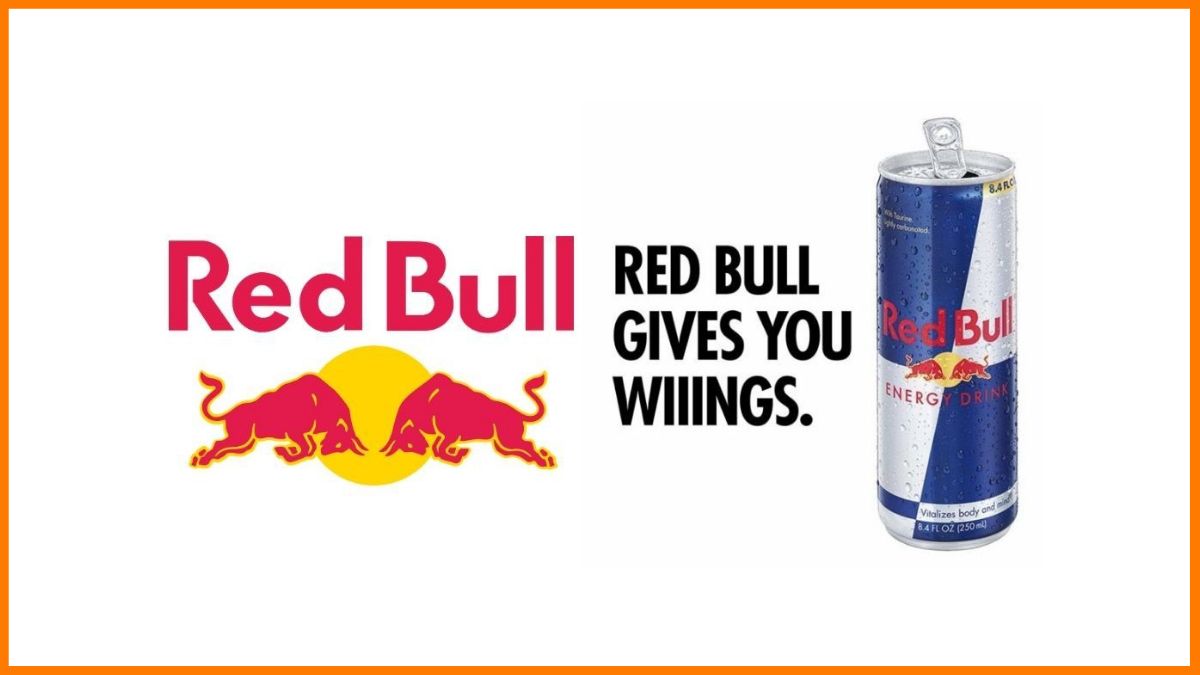Chocolates are something that we all love. After chocolates, there is another thing that makes us drool. This is our very own Nutella.
Nutella gives a tough competition to people’s love towards chocolates. Whether you want a spread for your bread or something sweet to eat, Nutella is probably the first name to pop up in the head.
Nutella is a part of chocolate lovers’ favourite company Ferrero. The spread is a specialized mix of hazelnut and chocolate. This simple yet unique combination makes the spread the ultimate love of everyone.
Nutella has been with us for many decades now. Indeed, it is a tried, tested, and lovable brand.
Origin og Nutella – Back to World War II
The Birth of Nutella
The Global Expansion of Nutella
The Supply Expansion Problem and Solution of Nutella
The Popularity of Nutella
Keeping up With Marketing Trends
Nutella Timeline
Origin of Nutella – Back to World War II
The history of Nutella is quite older than we could think of. Its history can be traced back to the time of World War II. During that time, markets faced a shortage of cocoa.
In Italy, in the year 1946, there was a chef named Pietro Ferrero. He noticed this shortage and decided to do something about it. So, he created a paste mixed with loads of hazelnuts and some chocolate. He then made blocks of this paste and started selling.
These blocks were first cut into slices and then used between slices of bread. The mothers would make sandwiches with these chocolate slices. The children began to love the chocolate flavour. This made these blocks quite popular among the locals.
Pietro then had an idea to make these blocks creamier in texture. A creamier texture would help it to spread easily on the bread. He spent days making certain changes to make it creamier like a spread. The resulting product made was then called ‘Supercrema Gianduja’.
The Birth of Nutella

In the year 1964, Pietro’s son, Michele tried to modify his father’s recipe. He wanted to make certain improvements to ensure the finest quality of the spread.
This was the first time that a jar mixed with rich cocoa and hazelnuts got made. Pietro’s son gave a lot of thought and decided to name it ‘Nutella’.
The names came into existence by combining two words. The first ‘nut’ from ‘hazelnut’ and ‘Ella’, a suffix of positivity. The letter ‘N’ in the logo is in black and the rest of the letters are in the colour red. Ferrero had to keep the letter N in black due to trademark issues. There was another brand that used the name Nutella. So, to keep it different, he changed the colour of the letter ‘N’.
This was the year (1964) when our beloved Nutella came into existence. Since then, this sweet and savoury jar of spread has become a go-to choice for breakfast.
The Global Expansion of Nutella

In the following years, Nutella began its journey on becoming a global brand. In 1965, one year later of its launch, it took over the German market. Then it started its expansion over other markets.
In 1967, Nutella made its Italian television debut. It appeared on a television program, Carosello. This first advertising campaign by Nutella took over the hearts of Italy.
After Italy, Nutella became super popular in France and Germany. The children from various countries began to cherish this delicious spread. This encouraged Nutella to expand itself in more countries.
The brand has used strategic planning for its expansion. It conducts deep research before entering any new market. It considers various factors. These include checking competitors, market space, availability of raw materials, etc.
Nutella was quite sceptical about entering the markets of Britain. The people’s interest there was too invested in another spread named Marmite. But as it’s said, interests can change. Nutella was never a quitter. It created special campaigns, which were specific to the country. At last, it came in Britain’s markets and hereafter outdo Marmite.
The Supply Expansion Problem and Solution of Nutella
As the brand began to become global, the supply of jars increased. Nutella has various plants around the world for its production. There are plants in Canada, Australia, Italy, France, Germany, Russia, and more. The first Nutella plant was established in 1978, in Lithgow, near Sydney. But with increased production, there arose a problem. It was the shortage of supply.
Ferrero uses hazelnuts in large amounts. It was quite predictable that they would not be able to buy anymore as there would not be enough of it. So, the company came up with a patient yet a fruitful idea. It was to plant their trees.
In the 1990’s the process of planting trees began. 6.6 million trees have been planted and more plantations are in their plan. These plantations helped the company get rid of its major future problem. This also created trust among the customers as it ensured the greatest purity.
The Popularity of Nutella
Nutella’s amazing taste and great advertising over time made it popular. It became so popular that there is now a World Nutella Day. It came into existence on 5th February 2007. It’s celebrated every year since then.
The greatest strategy that contributed towards the company’s success is keeping up with the time. Since the earlier times, Nutella has always come up with relatable and trendy advertisements.
Nutella company has always shown happy families enjoying their jar together. This helped it become a family-friendly product. Such ads made people consider Nutella as a jar full of joy.
Keeping up with the Marketing Trends
The company likes to keep up with the new generation’s customers. It was one of the first corporate to plunge into the sea of social media. People liked to share their experiences with Nutella. They were sharing recipes, tweeting, and making videos around it.
In 2014, there were 17 million tweets that contained the term Nutella. People even made YouTube channels about Nutella.
Nutella’s jump into social media proved to be successful for the company. They now create online campaigns to attract more consumers.
In 2014, Nutella company celebrated its 50th anniversary with a global campaign. It was ’50 Years Full of Stories’. In this campaign, Nutella asked its huge fan base to share their experiences or stories with Nutella. By sharing images, texts, or videos, the fans would get a chance to win prizes.
This campaign was a shift from the company’s earlier advertisements. Earlier the company focused on educational and regional specific ads for promotions. However, with the changing times, Nutella’s strategies have also changed and are keeping up with the trends.
In 2024 Nutella launched its new campaign, Always Better Together. The “Always Better Together” Nutella campaign highlights the idea that Nutella enhances every moment, making them even better. The campaign emphasizes that Nutella can make mornings brighter, bring loved ones together, and inspire families to create joyful memories.
Nutella Timeline
- 1946: Pietro Ferrero creates “Giandujot”, a sweet hazelnut and cocoa paste shaped like a loaf, named after a local carnival character.
- 1951: The recipe evolves into a creamy spread called “SuperCrema.”
- 1964: Michele Ferrero, Pietro’s son, refines the recipe and launches it as “Nutella.”
- 1965: Nutella gains popularity across Europe, starting in Germany.
- 1966: Nutella was launched in France.
- 1978: Nutella expands globally with the first production plant outside Europe, in Australia.
- 1996: 30 years of optimism in France
- 2005: On May 29, in Gelsenkirchen, Germany, 27,854 people set a Guinness World Record for the “Largest Continental Breakfast Ever” featuring Nutella.
- 2007: World Nutella Day is established by fans to celebrate the spread.
- 2011: Nutella’s global Facebook page gained 10 million fans within just one year.
- 2012: Nutella & GO! with Breadsticks launched in the USA
- 2014: Nutella marks its 50th anniversary, with events and campaigns worldwide.
- 2015: Nutella reached 30 million fans on Facebook
- 2017: On May 31, Nutella opened its first restaurant in Chicago, offering fans a unique experience with a wide menu of delicious Nutella recipes.
- 2020: The Nutella Muffin were first launched in Italy, it’s now available in Europe and the Gulf.
- 2023: Since its launch, the Nutella croissant has delighted European consumers with its flaky pastry and delicious Nutella filling.
- 2024: 60 years of smile!
Conclusion
Nutella, the delicious mix of chocolate and hazelnuts is now a global product. It is not only the good taste but also the company’s great strategies over the years that have made this brand so huge.
Nutella is no more just a jar; it is like an emotion now. It is like a cure for loneliness and sorrows for children and teens. Thus, Nutella has created a huge place in people’s hearts. Now, it is like an absolute leader in the market making every other competitor look inferior to it.
According to the Guinness book of world records, Nutella has also won the title of ‘Largest Continental Breakfast’, where 27,854 people were gathered to celebrate the 40th anniversary of Nutella.
FAQs
Why is Nutella banned?
Nutella has been pulled off from Italian supermarkets over the claims that its ingredients may cause cancer.
Who is the biggest consumer of Nutella?
France is the biggest consumer of Nutella, the factory in Nutella makes 100,000 tons of chocolate spread.
Why is the N in Nutella black?
The letter ‘N’ is in black because there was already a company named Nutella, so Ferrero had to keep the letter N in black due to trademark issues.
What is Nutella logo meaning?
The Nutella logo, with “Nut” in black for trust and “ella” in red for joy, symbolizes reliability, energy, and universal appeal in a simple, modern design.
What is Nutella origin?
Nutella originated in Piedmont, Italy, in 1964. It was created by Michele Ferrero, who refined an earlier hazelnut paste called SuperCrema. The spread was initially made to be more affordable, using local hazelnuts, which were abundant in the Piedmont region, combined with cocoa. Nutella quickly gained popularity and became a global favorite.
When and where was Nutella invented?
Nutella was invented in a town named Alba in Italy in 1964.
Where does Nutella come from?
Nutella is made by first roasting hazelnuts and grinding them into a smooth paste. This paste is then mixed with sugar, cocoa, milk powder, and palm oil to create a creamy texture. The ingredients are blended together until smooth and consistent. Finally, the spread is packaged and sealed for distribution, ensuring the perfect balance of flavor and creaminess that Nutella fans love.























